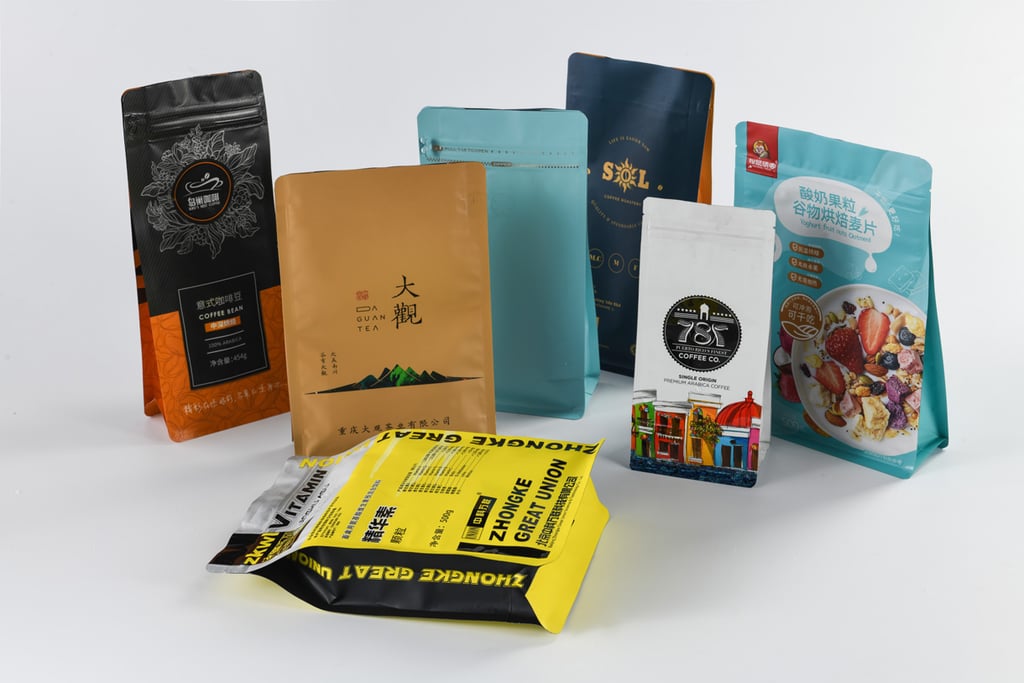The digital packaging printing market is expected to reach US$36.9 billion by 2030.
The digital packaging printing market is expected to reach US$36.9 billion by 2030.
6/1/20251 min read


New research indicates that the market will experience strong growth driven by the scalability and versatility of inkjet technology in large-format applications.
Over the next five years, the packaging digital printing market is expected to expand significantly, with the market size projected to grow from US$22 billion in 2025 to US$36.9 billion by 2030.
According to Smithers' report, “The Future of Digital Printing in Packaging by 2030,” this 10.9% growth is attributed to inkjet technology's ability to empower large-format printing equipment—such as devices that can efficiently adapt to printing scenarios involving corrugated boxes, corrugated paper, and flexible packaging.
Data shows that by 2025, digital printing will account for 18.6% of the value of the graphic arts and packaging/label printing market.
Meanwhile, printing companies' optimization and upgrading of upstream processes such as order processing, design approval, and pre-press preparation, as well as downstream processes like post-processing and logistics distribution, have provided a solid foundation for market growth and attracted more brands and retailers to leverage the advantages of digital printing.
In functional and industrial applications, screen printing also stands out: from 2020 to 2025, its compound annual growth rate is expected to reach 9.6%. With its multifunctional characteristics and precise control over complex fluid deposition volumes, screen printing has become the preferred technology for numerous applications in this field.
It is projected that by 2030, the technical advantages of screen printing will continue to drive growth momentum, particularly in functional and industrial scenarios with stringent requirements for fluid control precision.
The study emphasizes that digital printing and screen printing are each deeply rooted in unique niche markets, with their respective advantages establishing differentiated competitive barriers for processors and brand owners.
